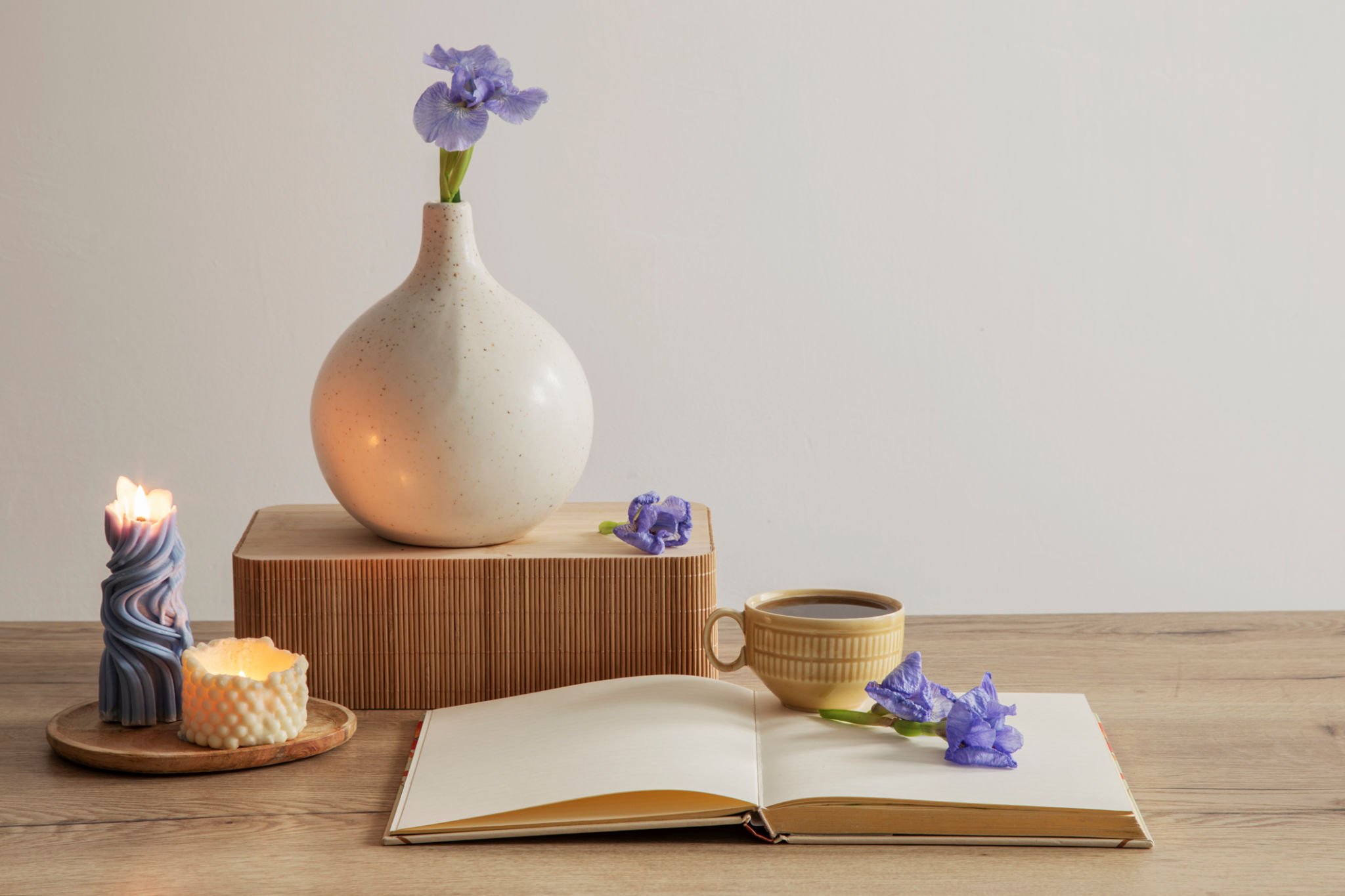Understanding the Latest Trends in Aging in Place Design
Embracing the Concept of Aging in Place
The idea of aging in place is gaining traction as more people express a desire to continue living in their own homes as they grow older. This trend is driven by the wish to maintain independence and familiarity, which can enhance overall quality of life. Designers and architects are now focusing on creating spaces that adapt to the changing needs of aging residents, ensuring safety, comfort, and accessibility without compromising style.
One of the key principles of aging in place design is adaptability. Homes are being designed or remodeled with flexible spaces that can evolve with the homeowner's needs. This includes features like adjustable countertops, movable walls, and multi-functional rooms that can serve different purposes over time. By prioritizing adaptability, homeowners can enjoy their living spaces for many years.

Prioritizing Safety and Accessibility
Safety is a critical concern in aging in place design. Modern homes are increasingly being equipped with features that minimize the risk of accidents. For instance, non-slip flooring, grab bars in bathrooms, and well-lit pathways are becoming standard. These elements are discreetly integrated into the home’s design to maintain aesthetic appeal while ensuring the resident's safety.
Accessibility goes hand-in-hand with safety. Designers are incorporating wider doorways, lower countertops, and stair-free entries to accommodate mobility aids like wheelchairs and walkers. These changes not only benefit the elderly but also make homes more accessible for people of all ages and abilities.

Incorporating Smart Technology
The rise of smart home technology is revolutionizing aging in place design. From voice-activated assistants that can control lighting and temperature to smart security systems that ensure safety, technology plays a pivotal role in making homes more livable for seniors. These innovations offer convenience and peace of mind, allowing residents to manage their homes with ease.
Moreover, health monitoring devices and emergency alert systems provide seniors and their families with reassurance. These technologies can track vital signs, remind users to take medications, and even connect with healthcare providers if needed. The integration of such smart solutions is becoming a staple in modern aging in place designs.

Fostering Social Connectivity
Staying socially connected is crucial for mental and emotional well-being as people age. Modern designs for aging in place emphasize communal spaces that encourage interaction, such as open-plan living areas, shared gardens, and neighborhood community centers. These spaces foster a sense of community and prevent the isolation that many seniors fear.
Designers are also considering how technology can support social connections. Video calling systems and digital communication platforms are being integrated into homes to help seniors stay connected with family and friends, no matter the distance. This balance of physical spaces and digital tools helps ensure that residents remain socially active.
Sustainability in Aging in Place Design
Sustainability is another growing trend in aging in place design. Eco-friendly materials and energy-efficient appliances are being incorporated to reduce environmental impact and lower utility costs. Homes designed with sustainability in mind not only benefit the planet but also offer financial savings over time.

As the trend of aging in place continues to evolve, it is clear that thoughtful design can greatly enhance the quality of life for seniors. By focusing on adaptability, safety, technology, social connectivity, and sustainability, designers are creating homes that support healthy, independent living for years to come. Whether you’re planning a new build or remodeling an existing space, these trends offer valuable insights into creating a future-proof home.